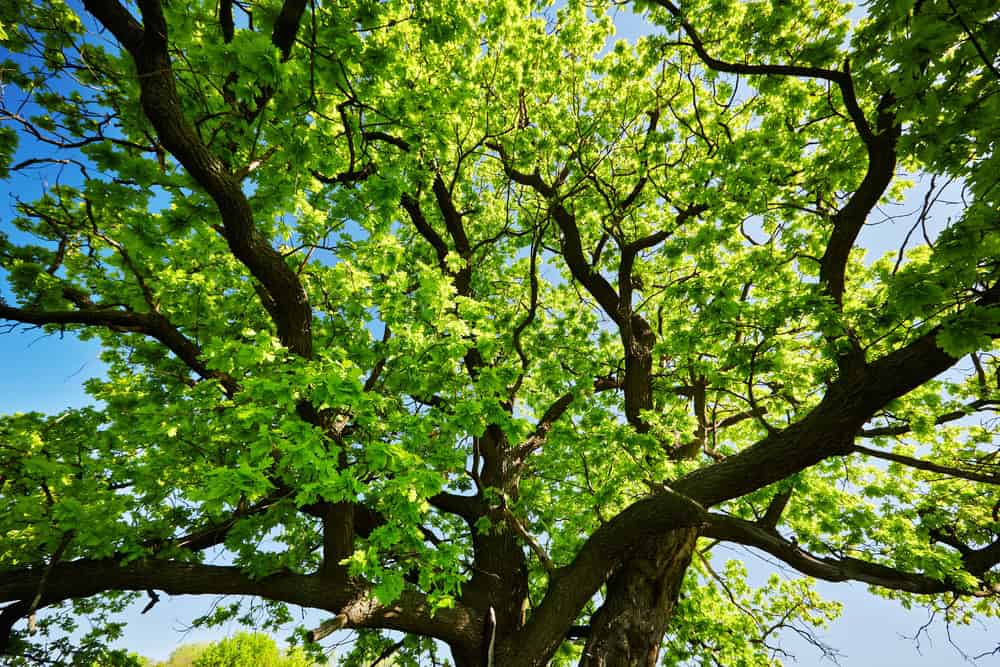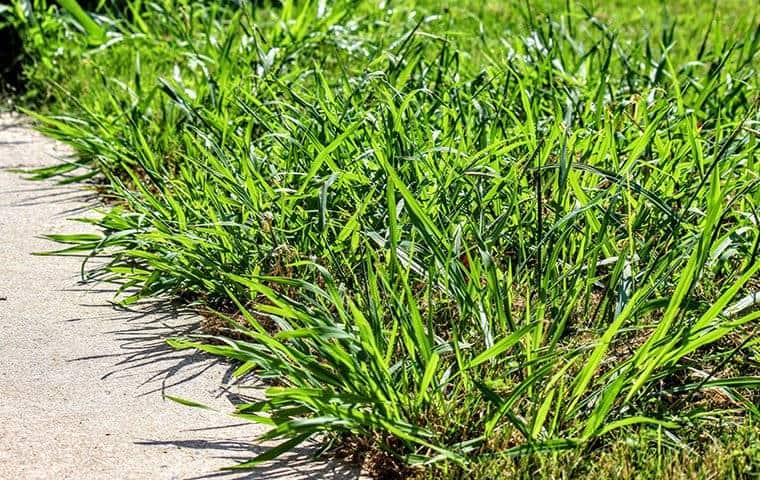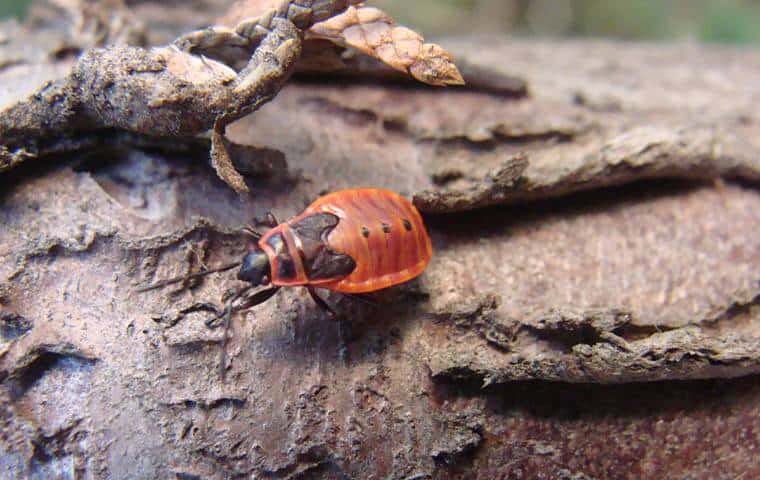Texas is home to a rich diversity of oak trees, including the red oak tree and the lacey oak, each playing a crucial role in local ecosystems. These majestic trees provide much needed shade, support wildlife, and enhance the beauty of landscapes across the state. Homeowners and landscapers can significantly benefit from understanding the unique characteristics of the different oak varieties. This knowledge will enable them to make informed choices that improve their outdoor spaces, particularly when selecting from the various types of oak trees available for planting.
Choosing the right oak tree can elevate your property’s natural beauty while promoting ecological health, particularly if you consider the benefits of oak trees. By exploring various oak species, you can find one that fits your specific landscape needs, soil conditions, and personal preferences. Discover how seven thriving oak varieties are transforming Texas landscapes and learn how to select the perfect addition for your yard or project.
Live Oak (Quercus virginiana)
The Live Oak is a star among Texas tree species, known for its sprawling canopy that can spread over 80 feet across. This wide reach provides excellent shade, making it an ideal choice for large residential yards and urban landscapes alike. Homeowners seeking natural cooling during the hot summer months will benefit from this tree’s ability to lower surrounding temperatures significantly. The broad branches create an inviting outdoor space, perfect for family gatherings or quiet moments in nature.
Durability sets the Live Oak apart not only in its’ beauty but also in resilience, comparable to the enduring qualities of the post oak. This species tolerates various soil conditions and drought, making it well-suited for Texas’s diverse climatic zones. Its robust structure enables it to withstand storms and strong winds, adding a layer of security to properties that feature this majestic tree. With proper care, a Live Oak can thrive for centuries, enhancing the landscape long-term.
In addition to practical benefits, Live Oaks provide crucial support for local wildlife. Their expansive canopy offers nesting sites for birds and shelter for smaller mammals while their acorns serve as a food source in the fall months. As such, they foster biodiversity by attracting numerous bird species and beneficial insects that contribute to the local ecosystem’s health.
Selecting a Live Oak will transform any outdoor space into a vibrant ecosystem teeming with life. When considering landscaping choices in Texas, integrating this impressive tree not only enhances visual appeal but also promotes environmental sustainability and wildlife conservation.
Texas Red Oak (Quercus buckleyi)
Texas Red Oak stands out for its beautiful fall foliage, showcasing stunning shades of red and orange, a feature that attracts attention like that of the common oak. This annual transformation makes it a striking addition to Texas landscapes. Homeowners can enjoy the changing colors throughout autumn while providing an eye-catching focal point in their yards. The vibrant display attracts attention and enhances the overall appeal of any garden or green space.
This oak species thrives in various soil types, demonstrating impressive adaptability to Houston’s diverse climates and terrains. From sandy soils to clay-rich environments, Texas Red Oaks establish themselves rapidly and grow robustly. Their resilience to different conditions allows landscapers to successfully integrate them into numerous designs without the hassle of extensive soil preparation.
Moreover, Texas Red Oak is highly beneficial for local wildlife, particularly local bird populations. The acorns produced by this tree serve as a vital food source for many species throughout the winter months. Birdwatchers and nature enthusiasts will find joy in observing a variety of avian visitors attracted to these trees. By choosing this oak for your landscape, you not only enhance your property but also contribute positively to the surrounding ecosystem.
Incorporating Texas Red Oak into a landscape design presents homeowners with both functional and aesthetic benefits. The combination of vibrant seasonal color, adaptability across varying soils, and support for local wildlife makes this an excellent choice for anyone looking to enrich their outdoor environment effectively.
Northern Red Oak (Quercus rubra)
Northern red oak, known scientifically as Quercus rubra, is a remarkable addition to any Texas landscape. This tree grows rapidly and can establish itself quickly in various planting sites, much like the resilient Mexican oak. Its fast growth rate allows homeowners and landscapers to create shaded areas without the long wait typically associated with slower-growing species. Moreover, the northern red oak’s resilience enables it to thrive even in challenging urban environments, similar to the robust characteristics of the Texas oak.
One of the significant advantages of the northern red oak is its proven ability to tolerate urban pollution. Many cities in Texas experience air quality issues due to traffic and industrial activities. The northern red oak withstands these conditions well while providing benefits such as reduced carbon dioxide levels and improved air quality for inhabitants. Planting this tree can contribute positively to urban ecology by helping mitigate environmental impacts.
The strength of the wood produced by Northern red oaks further enhances their appeal. Valued for its durability, this hardwood finds extensive use in furniture making, flooring, and cabinetry. Homeowners looking for a sustainable option will appreciate that when cared for properly, these trees can yield quality timber while enriching their landscapes visually and environmentally.
In summary, the northern red oak presents an excellent choice for both beauty and practical landscaping needs in Texas. Its rapid growth, pollution tolerance, and high-quality wood make it a valuable asset for any property owner looking to enhance their outdoor space sustainably.
Chinkapin Oak (Quercus muehlenbergii)
Chinkapin Oak, scientifically known as Quercus muehlenbergii, thrives in environments that pose challenges for many plants. It adapts well to dry conditions and rocky soils, making it an excellent choice for homeowners with less-than-ideal landscaping situations. This oak variety often finds its place in upland forests and open areas across Texas. Its adaptability enables it to flourish even where water may be limited, allowing it to play a significant role in improving soil quality and preventing erosion.
One of the notable features of the Chinkapin Oak is its production of acorns, which supports wildlife and enhances the local ecosystem, much like the acorns of the post oak. These acorns serve as a critical food source for various local animals including squirrels, deer, and numerous bird species. Their nutritional value enhances the ecosystem’s health by supporting diverse wildlife populations.
In addition to its ecological contributions, the Chinkapin Oak offers remarkable aesthetic appeal with its unique leaf structure. The leaves are characterized by their deep lobes and glossy green appearance during the growing season, turning an attractive golden-yellow in autumn. Such seasonal changes enhance any landscape design while offering striking visuals throughout the year. Landscapers looking to add character and resilience would benefit from incorporating this oak into their designs.
Overall, Chinkapin Oaks emerge as valuable additions to Texas landscapes due to their adaptability, environmental impact, and aesthetic qualities. By selecting this oak variety, property owners can ensure they support both local ecosystems and enrich their outdoor spaces effectively, particularly with the inclusion of the chinquapin oak.
Bur Oak (Quercus macrocarpa)
The Bur Oak stands out for its impressive size and unique features, particularly its large acorns, which serve as a vital food source for various wildlife species. These acorns can attract an array of animals, including squirrels, deer, and numerous bird species.
Once established, the Bur Oak exhibits remarkable drought resistance. This adaptability makes it an ideal choice for Texas homeowners looking to conserve water without sacrificing beauty. Its deep roots allow it to access moisture stored deeper in the soil during dry spells. This feature is especially beneficial in regions where rainfall may be sporadic or insufficient throughout the year.
In addition to its ecological benefits, the Bur Oak plays a crucial role in creating diverse habitats within landscapes. Its broad canopy provides ample shade and shelter for understory plants and animals alike. Consequently, planting this oak variety fosters a thriving ecosystem that attracts beneficial insects and birds while deterring pests harmful to gardens and lawns.
Overall, Bur Oaks bring both beauty and functionality to Texas landscapes. They add character with their rugged bark and grand stature while supporting wildlife populations vital to maintaining healthy ecosystems. Choosing this oak variety will not only elevate your outdoor space but contribute positively to local environmental efforts.
White Oak (Quercus alba)
The White Oak is a smart choice for homeowners and landscapers in Texas due to its impressive longevity and high-quality timber, much like the revered Texas oak tree. With a lifespan that can exceed 300 years, this tree offers an enduring presence in any landscape, paralleling the longevity of the shumard oak. Its strong wood is not only prized in construction but also recognized for its use in furniture making and barrel production, similar to the valued timber of the red oak tree. This versatility can add economic value to property while enhancing the beauty of outdoor spaces.
One of the notable ecological benefits of the White Oak is its role in supporting diverse insect populations. The tree’s foliage serves as a food source for many caterpillars, which attract birds and other wildlife. In turn, these insects create a favorable environment for larger animals by providing essential nutrients within the local ecosystem. Homeowners will find that planting a White Oak not only beautifies their property but fosters biodiversity, enhancing the overall health of their gardens.
The White Oak thrives best in well-drained soil conditions; however, it demonstrates remarkable adaptability by tolerating some moisture. This trait allows it to fit well within various landscaping designs—whether positioned near water features or integrated into drier areas of a yard, including the adaptable lacey oak. Its impressive canopy provides ample shade during warm Texas summers, making it perfect for outdoor living spaces or shaded play areas.
When selecting trees for your landscape, consider incorporating the White Oak alongside other native species to promote diversity and resilience. This variety opens opportunities to create dynamic environments with varying heights and textures while supporting local wildlife habitats effectively. Embrace the many advantages of the White Oak as you enhance your Texas landscape with a native treasure that stands the test of time.
Final Thoughts
Selecting the right oak variety significantly enhances any Texas landscape. Homeowners and landscapers should consider local climate, space availability, and their desired aesthetics when choosing an oak tree. Each of the seven varieties discussed adapts uniquely to Texas conditions, offering various benefits such as shade, wildlife support, and visual appeal.
Incorporate these trees into your landscaping plans to create a sustainable and vibrant environment. By making informed selections, you contribute to the health of local ecosystems while enjoying the beauty of these majestic oaks for years to come.




